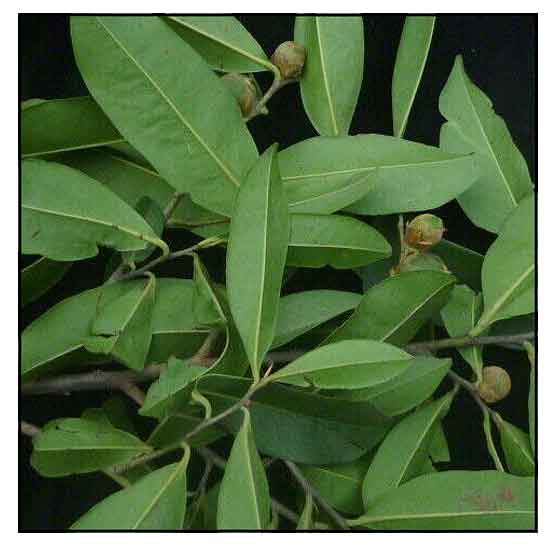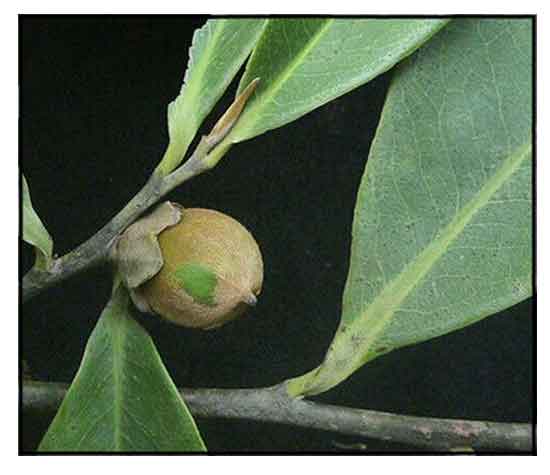
Family • Ebenaceae
Kanarem
Diospyros lanceifolia Roxb.
MALAYAN EBONY
| Scientific names | Common names |
| Diospyros lanceifolia Roxb. | Kanarem (Tagalog) |
| Accepted infraspecifics (4) | Malayan ebony (Engl.) |
| Diospyros lanceifolia var. iliaspaiei Ng | |
| Diospyros lanceifolia var. lanceifolia | |
| Diospyros amoena Wall. ex G.Don | |
| Diospyros clavigera var. pachyphylla (C.B.Clarke) Ridl. | |
| Diospyros grata Wall. ex A.DC. | |
| Diospyros hirsuta Hiern. | |
| Diospyros lanceifolia f. cagayanensis Bakh. | |
| Diospyros lanceifolia f. wenzelii Bakh. | |
| Diospyros lonchophylla Hiern | |
| Diospyros lucida Wall. ex A.DC. | |
| Diospyros multiflora Wall. ex A.DC. | |
| Diospyros pachyphylla C.B.Clarke | |
| Diospyros sabtanensis Merr. | |
| Diospyros lanceifolia var. renageorgeae Ng | |
| Diospyros lanceifolia var. saliciformis Ng | |
| Diospyros lanceifolia Roxb. is an accepted species. KEW: Plants of the World Online | |
| Other vernacular names |
| ASSAMESE: Kendu. |
| INDIA: Penzeak. |
| THAILAND: Phlap hya khaeng. |
February 2024
![]()
 |
| PHOTOS / ILLUSTRATIONS |
| IMAGE SOURCE: Diospyros lanceifolia / Anonymous : Royal Botanic Garden Edinburg / CC BY NC / Click on image or link to go to source page / Pl@ntNet |
| IMAGE SOURCE: Diospyros lanceifolia - leaves with close-up of fruit / Anonymous : Royal Botanic Garden Edinburg / CC BY NC / Image modified / Click on image or link to go to source page / Pl@ntNet |
Additional
Sources and Suggested Readings |
• |
DOI: It is not uncommon for links on studies/sources to change. Copying and pasting the information on the search window or using the DOI (if available) will often redirect to the new link page. (Citing and Using a (DOI) Digital Object Identifier) |
| List of Understudied Philippine Medicinal Plants |
| New plant names needed The compilation now numbers over 1,300 medicinal plants. While I believe there are hundreds more that can be added to the collection, they are becoming more difficult to find. If you have a plant to suggest for inclusion, native or introduced, please email the info: scientific name (most helpful), local plant name (if known), any known folkloric medicinal use, and, if possible, a photo. Your help will be greatly appreciated. |
• |
 |



